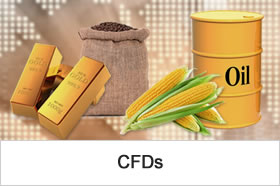 White Label
White Label
White Label Partnership with IKON Technology is the perfect solution for banks and regulated financial institutions wishing to offer FX and other online trading products and services to their clients.
Read more > Liquidity Provider
Liquidity Provider
IKON Technology is an independent department of the IKON Group, IKON Technology supplies its partners with all aspects of technology to enable our partners to run their own MT4 platform based on white label or self-owned platform.
Read more > ECN STP Connectivity
ECN STP Connectivity
Bringing institutional trading to the retail level with ECN trading platforms
With our new state-of-the-art ECN pool of liquidity, IKON clients can gain direct access to market execution.
This powerful tool is creating a new level for online trading, ....
 MT4 Bridge
MT4 Bridge
IKON Technology is an independent department of the IKON Group, IKON Technology supplies its partners with all aspects of technology to enable our partners to run their own MT4 platform based on white label or self-owned platform.
Read more > Trading Platforms
Trading Platforms
IKON offers 4 award-winning trading platforms for financial products including Forex, Futures, Metals (Sliver & Gold) and CFDs
IKON is pleased to offer MT4 Platforms which utilizes IKON's state-of-the-art ECN technology coupled with the MT4 trading system.

TURBO META-MT4
- Instant execution capable
- Highly customisable platform
- Nano-second trade execution
- Extensive research and advanced trading tools

MULTIBANK PRO-MT4
- Zero Commission
- Mobile Trading
- figure pricing Nano-Second Execution

MAXIMUS-MT4
- Direct trade execution to over 80 world's leading banks
- Nano-second trade execution
- Average execution speed – 0.05 seconds
- Zero trading restrictions

 TEL: +852 2159 9666
TEL: +852 2159 9666
 Email:
Email:



 Forex Products
Forex Products


 Trading Tools
Trading Tools




